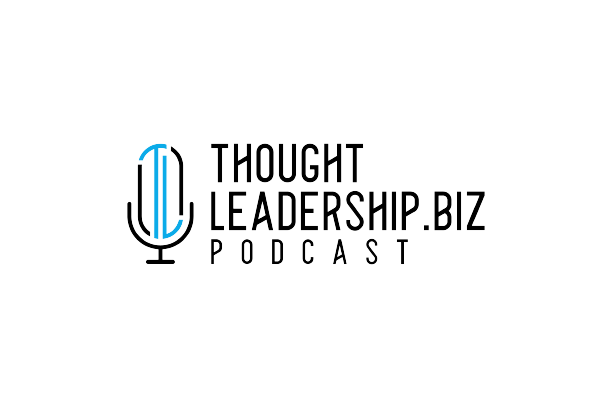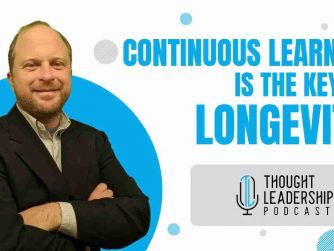
Podcast Audio / Streaming Video
Stream this article from your favorite podcast audio or video streaming service as referenced below.
Would you rather read the article? Read more below!
Read the Article
You should see the face of this dude from England that I speak to periodically; he helps me with some of our marketing endeavors.
- Unshaven
- Gaunt
- Disheveled
Rich didn’t always look like that, though. Like all of his fellow countrymen, he has endured a three-month lockdown, with little more than a grocery store open, let alone a pub. (No wonder he looks so poorly.)
I’m Chris Machut, CEO at Netarus, manufacturer of the HoistCam system. And, comparatively, I look like Brad Pitt.
(Ok, I get that a lot.)
Seriously, not only do I feel sorry for anyone enduring draconian anti-Covid measures right now, but I’m also here to make a wider point about lockdowns and the value of sacrifice.
Many scientists would agree on the merits of hard lockdown (the virus inescapably spreads between us) but surely they would also demand clear results. That’s the whole point of science, isn’t it? We research, measure, record, and act.
Many governments and authorities seem to have lost sight of that recently. They’ve become obsessed with lockdowns at the expense of reality. Surely there has to be some balance that considers the societal and economic costs of hard lockdown. What about mental health, livelihoods, loneliness, etc.? Have Rich’s leaders in England and those in, say, California gone too far for too long? I think they might have.
We can use oppressive leadership as a warning sign when it comes to technology, and specifically crane and safety systems. My fear is that this lockdown and draconian mentality is as contagious as a virus in its own right. It’ll catch on to the point where we’re employing measures and giving instructions with restriction in mind without an end purpose.
Anyone who knows me knows that I’m a BIG fan of technology. Look at my company if you’re in any doubt. I’m a tech geek, damn it. And proud.
Forget the movie star looks, razor-sharp wit, James Bond charm, and second-to-none business acumen… I’m really at my happiest with my head in a computer, trying to apply technology to life’s problems. When I get some time off work, I talk about material handling, cameras, and tech.
Tech rules!
But, I NEVER apply technology for technology’s sake. There has to be a point to it. Its implementation must make us better, faster, cleverer, more productive… SAFER. Otherwise, there’s no point.
In the first episode of this podcast series I tackled the myth that our cameras are there to check-up or pry on workers. As I said, we’ve had many crane operators look at our systems at trade shows and be shocked by the clarity of image, ease of use and extent to which utilization would enhance their work. But they sometimes wonder if there’s a catch.
There’s not.
But I can’t be so sure that everyone thinks about it like that.
I’ll give you an example: I was looking at a product of another manufacturer the other day. It’s not a camera but it’s in the crane safety wheelhouse.
Honestly, the geek in me absolutely loves it. It bristles with tech and there are whistles and bells on its whistles and bells. However, I’m not convinced that it all has a purpose. And where an end goal of all this shiny tech is apparent, it’s draconian and oppressive towards the operator, which is precisely the opposite outcome that we’re looking for at my company.
I’ll explain.
For a start, this product openly measures thousands of data points. Really? Thousands? Surely there’s a way of narrowing that down a bit. The marketing literature then goes on to explain that the product has a positive impact on cycle time, overtime, and crane demobilization. It points to crane cycle time reduction of up to 50% and overtime reduction of five figures—a month. *coughs*
Put yourself for a moment in the boots of a crane operator at the start of a shift. The site manager walks over. You think you’re going to get a pat on the back for climbing the ladder of your crane shift after shift, sitting up there in the clouds making perfect pick after perfect pick.
“Aww, this is nice of the boss,” you think.
Then, wham, he or she hits you with news that management thinks there are 50% productivity gains to make over the coming weeks.
“We’re putting this piece of wizardry on your crane,” they say. “It’s going to tell us every time you look out your window or have a sip of coffee. And if this magic box tells us you’re not working efficiently, we’ll get someone else to drive the crane.”
Can you imagine the negative impact introduction of such technology has? And what’s the point?
Look, we don’t even put volume on our camera systems. Why? Because we can’t? No, we could add it in our sleep. But our research says that, in many cases, especially in western markets, a microphone would conflict with existing communication systems. Log into social media platform TikTok and check out some of the many crane operators on there. Listen to the audio in their videos… there’s a constant crackle on the in-cab radio system.
In the developing world, meanwhile, the uptake of cameras is altogether slower so we’re pitching our solution accordingly.
That’s the point: it’s about applying science and technology—and the results they give you—at the point of use. Always for the right reasons.
I’ll say it again: it’s not about introducing technology for technology’s sake.
The mission we’re showing Perseverance with is to tackle ongoing ignorance that heavy equipment operators are as safe and productive as possible when working in the blind. They’re not.
Life on Mars, eh?
Mars! Certain lockdowns mean we can’t even put man on the street.
I hope my mate, Rich, from England, gets a pint soon. When he does, it might mean we can return ourselves to the hotbed of the UK construction market, where there does seem to be a general consensus that placing the eyes of the crane operator anywhere on the job is a good thing.
It’s not rocket science. I’ll drink to that.
Latest posts by Chris Machut (see all)
- Episode 12 – “Crisis? Deal with it!” - November 19, 2021
- Episode 11 – “Entrepreneurship Sucks (Sometimes)” - October 16, 2021
- Episode 10 – “Offensive and Defensive Leadership” - September 15, 2021










